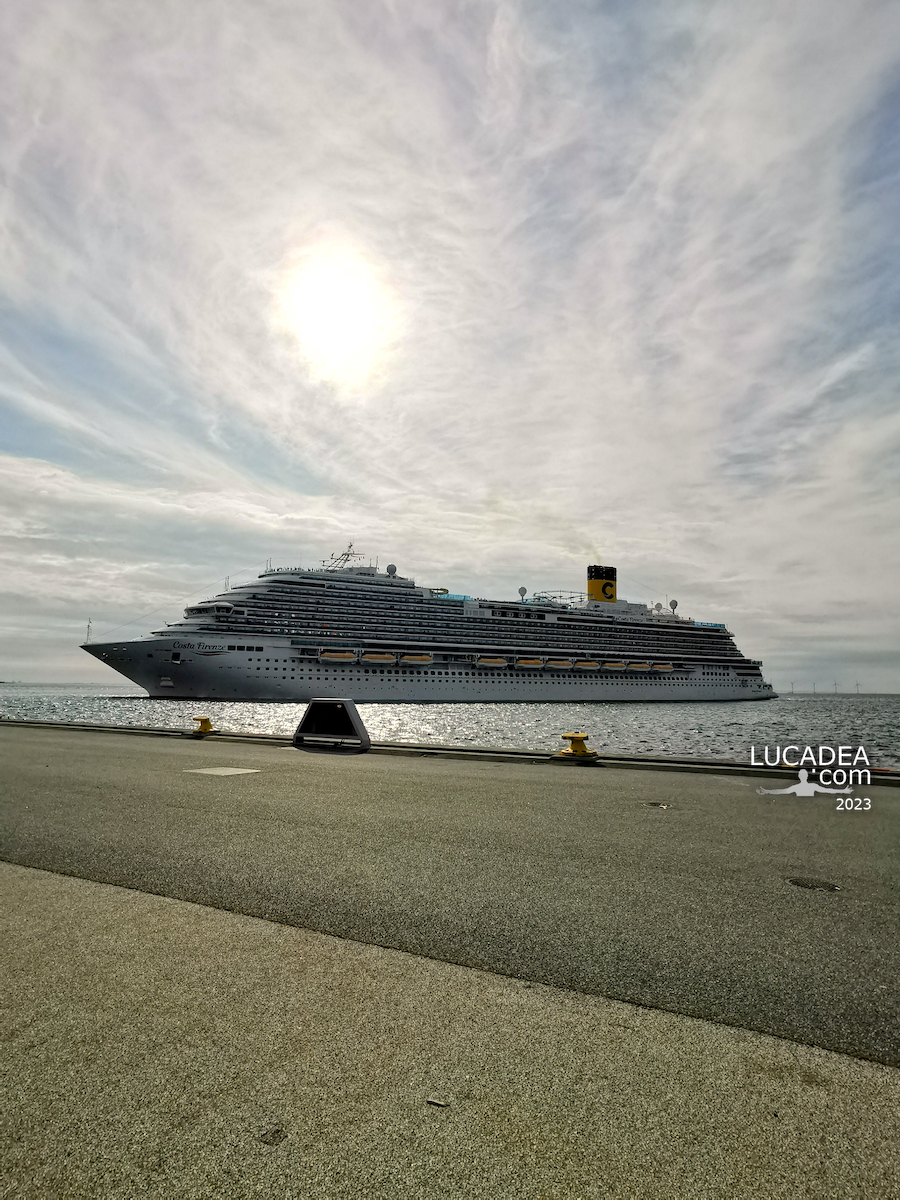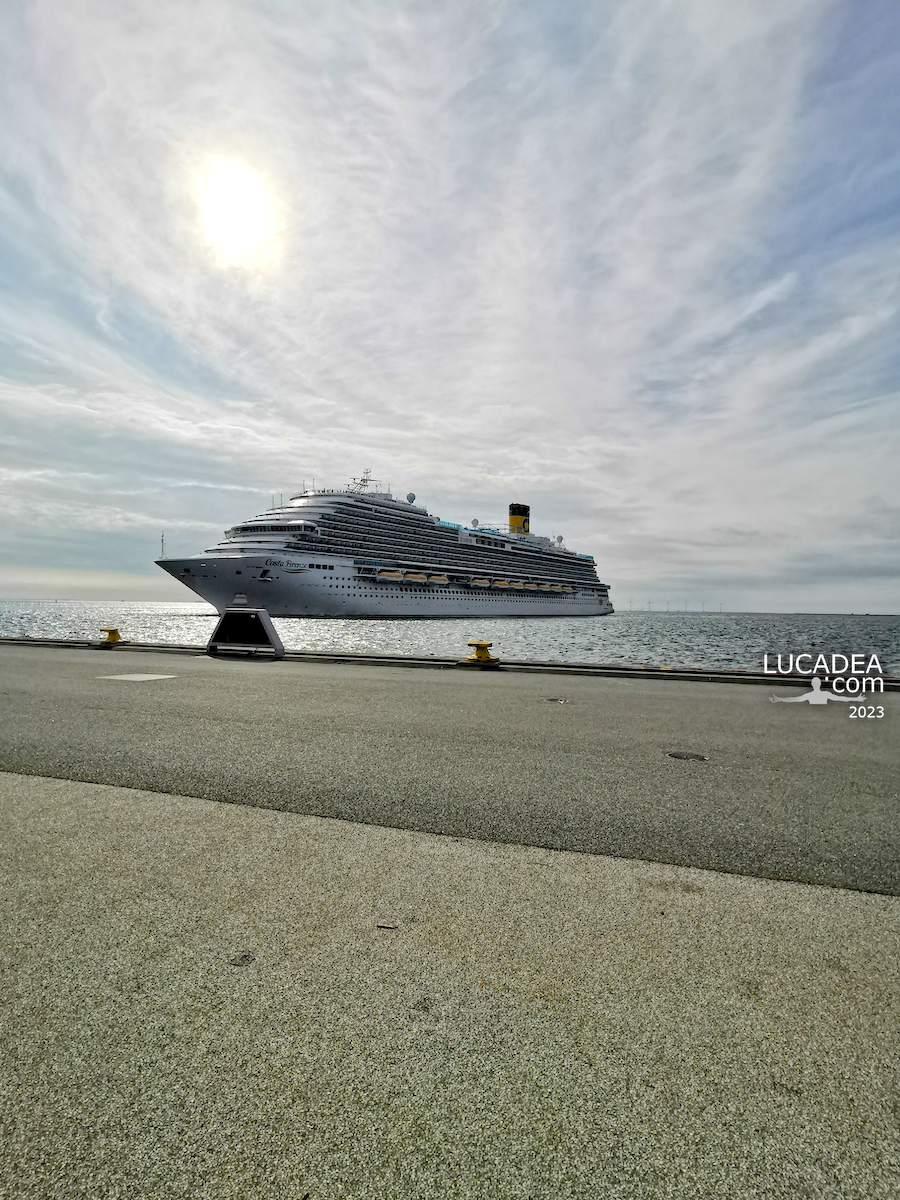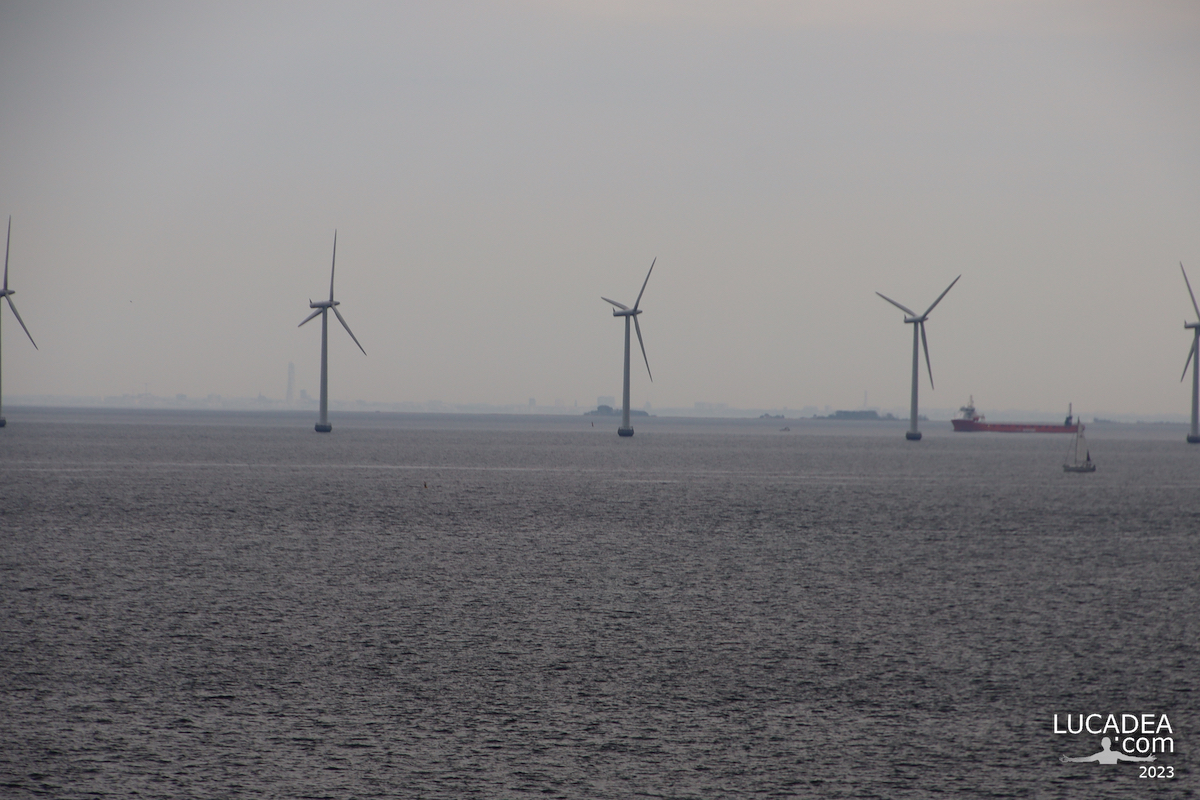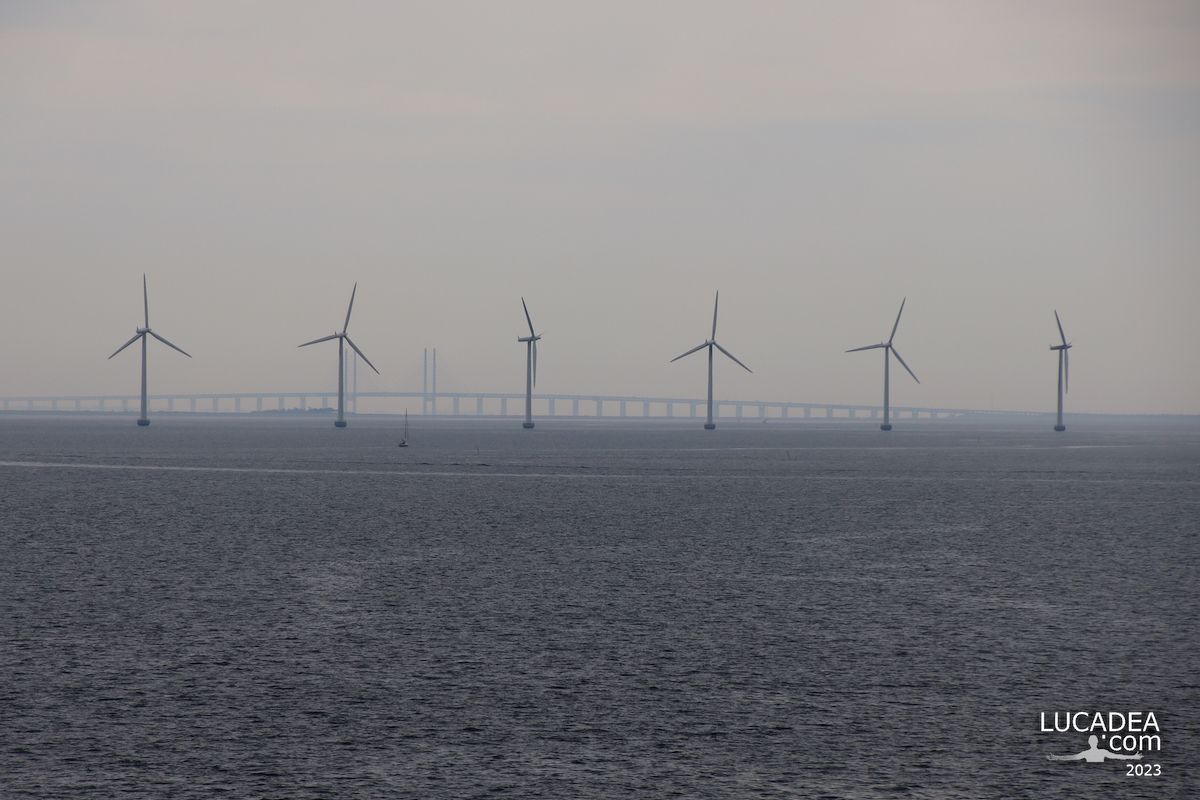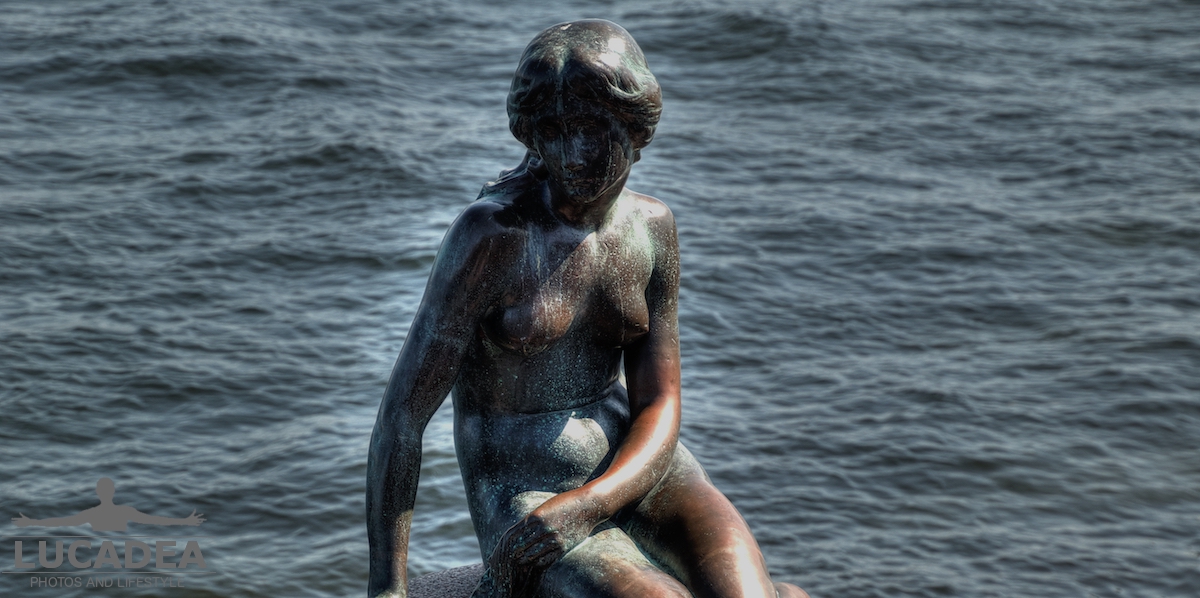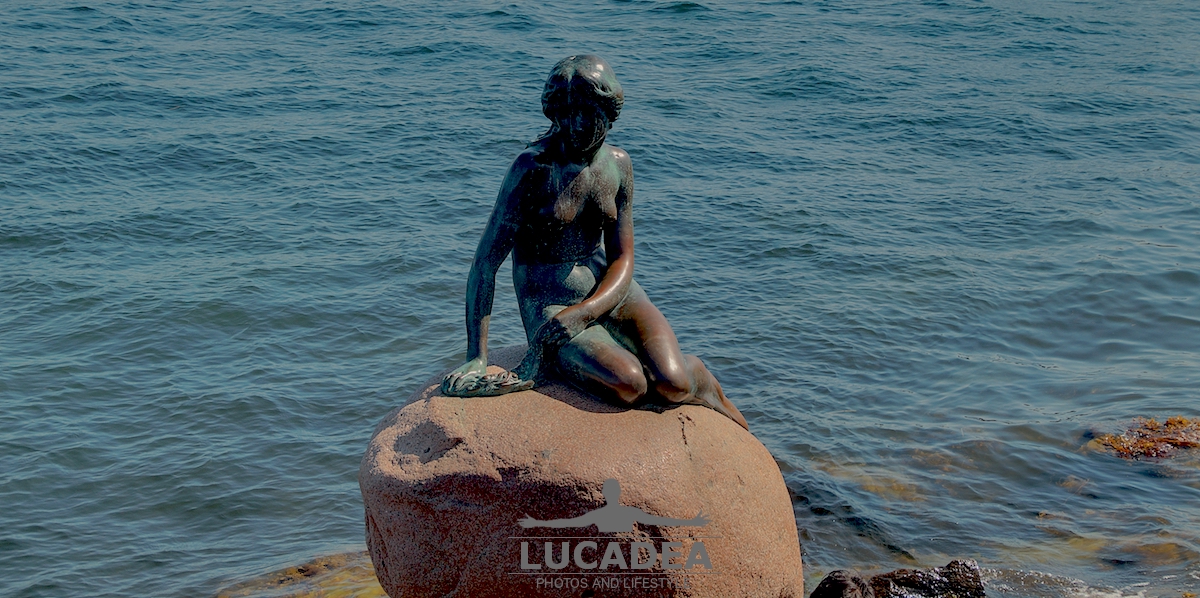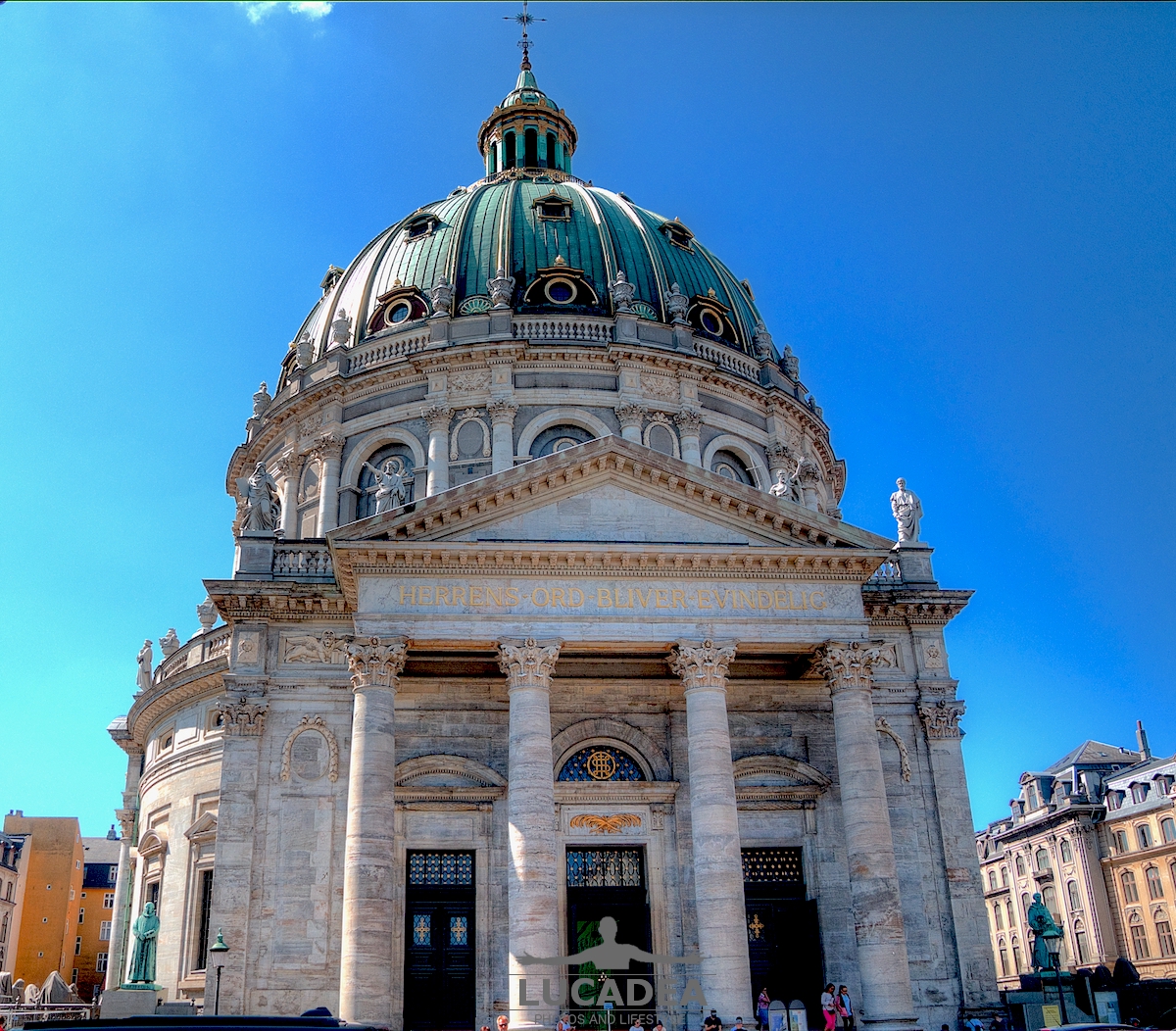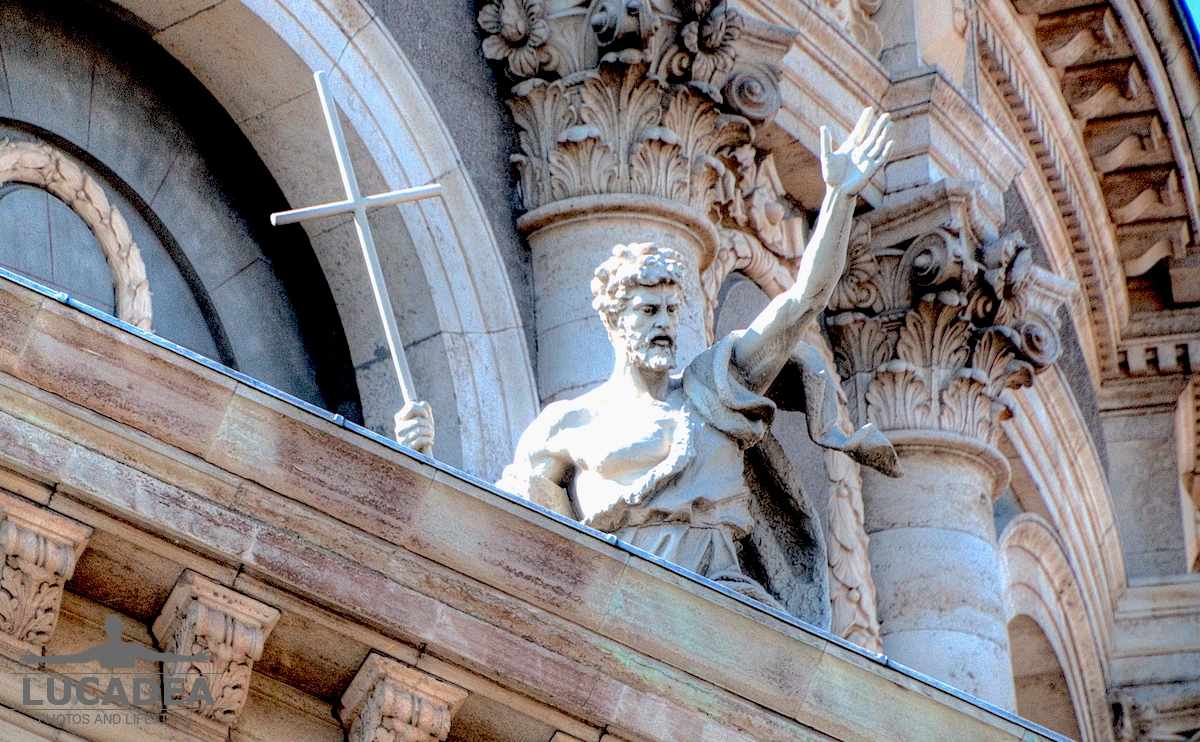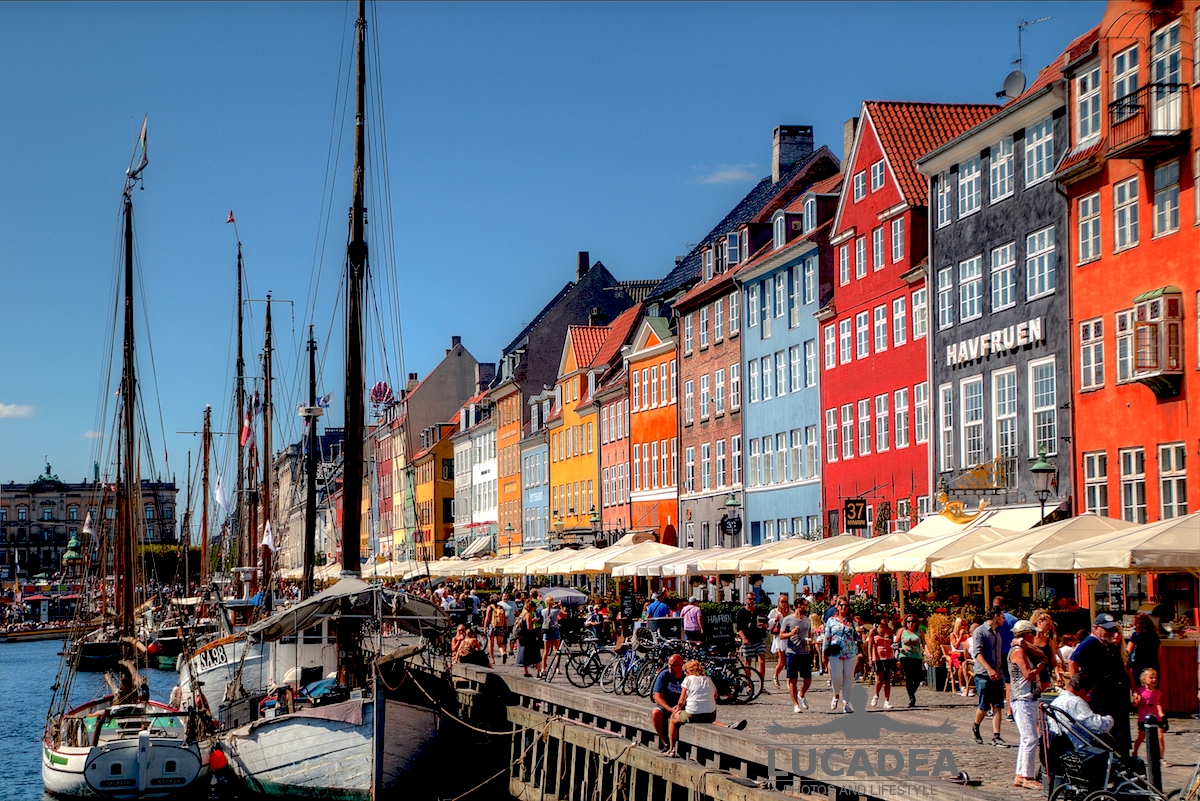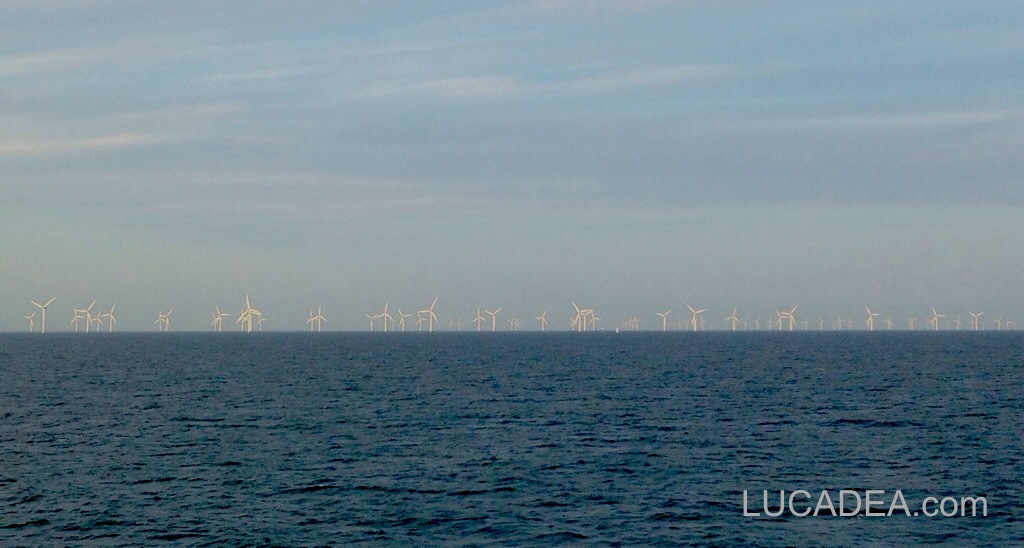The Equestrian Statue of Frederick VII in Copenhagen.
It is one of the most fascinating monumental works in Copenhagen, located in the main square of Christiansborg Slot. This monument not only celebrates an important king in Danish history, but also represents a symbol of democracy and modernization of the country.
Frederick VII was King of Denmark from 1848 to 1863 and played a crucial role in Denmark's transition to a constitutional monarchy. His reign is remembered for the granting of the country's first liberal constitution in 1849, which marked the birth of Danish democracy. The equestrian statue, therefore, is not only a tribute to his royal figure, but also a symbol of freedom and progress for the Danish people.
The statue, made of bronze, portrays Frederick VII on horseback in a majestic and authoritative pose. The work was created by the Danish sculptor Herman Wilhelm Bissen and inaugurated in 1873, ten years after the king's death. Frederick VII is depicted in military dress and with a solemn gesture, underlining his role as a leader and reformer. The horse he is riding is sculpted in great detail, expressing a sense of dynamism and power.
The equestrian statue is located in front of Christiansborg Palace, which today houses the Danish Parliament, the Supreme Court and the offices of the Prime Minister. This placement is particularly significant, as it underlines the connection between the monarchy and the development of democratic institutions in Denmark. The square where the statue is located is a place of great historical and political importance, often used for official events and national celebrations.
In addition to its historical value, the equestrian statue of Frederick VII has become a cultural and tourist landmark. It is one of the most photographed attractions in Copenhagen and is a significant example of 19th-century public art. For the Danes, it is a symbol of national pride and a reminder of the democratic values on which their society is based.
The equestrian statue of Frederick VII in Copenhagen offers a unique opportunity to reflect on Denmark's history and the importance of democracy. This monument, located in one of the city's most important squares, is not only a tribute to a great king, but also a symbol of progress and freedom that continues to inspire future generations.
Do you know the beautiful Danish city of Copenhagen?
Add your own comment or go to the bottom of the site to read what other visitors have written.
Photo taken with Canon EOS RP and lens Tamron 16-300.
Click here to see all the photos of the Danish capital.

Where is the statue located:
Frederick VII of Denmark (Copenhagen, 6 October 1808 – Glücksburg, 15 November 1863) was the last king of Denmark to rule as an absolute monarch. He reigned from 1848 until his death. During his reign he signed a constitution that gave Denmark a government and made the country a constitutional monarchy, with all adult males having the right to vote. The constitution was signed after the peaceful March Revolution.
Continue and learn more on Wikipedia
The Equestrian Statue of Frederick VII in Copenhagen – La statue équestre de Frédéric VII à Copenhague – La estatua ecuestre de Federico VII en Copenhague – A estátua equestre de Frederico VII em Copenhaga – Das Reiterstandbild Friedrichs VII. in Kopenhagen – Tượng cưỡi ngựa của Frederick VII ở Copenhagen
The text of the post was written with the help of Copilot, a virtual assistant based on artificial intelligence.







